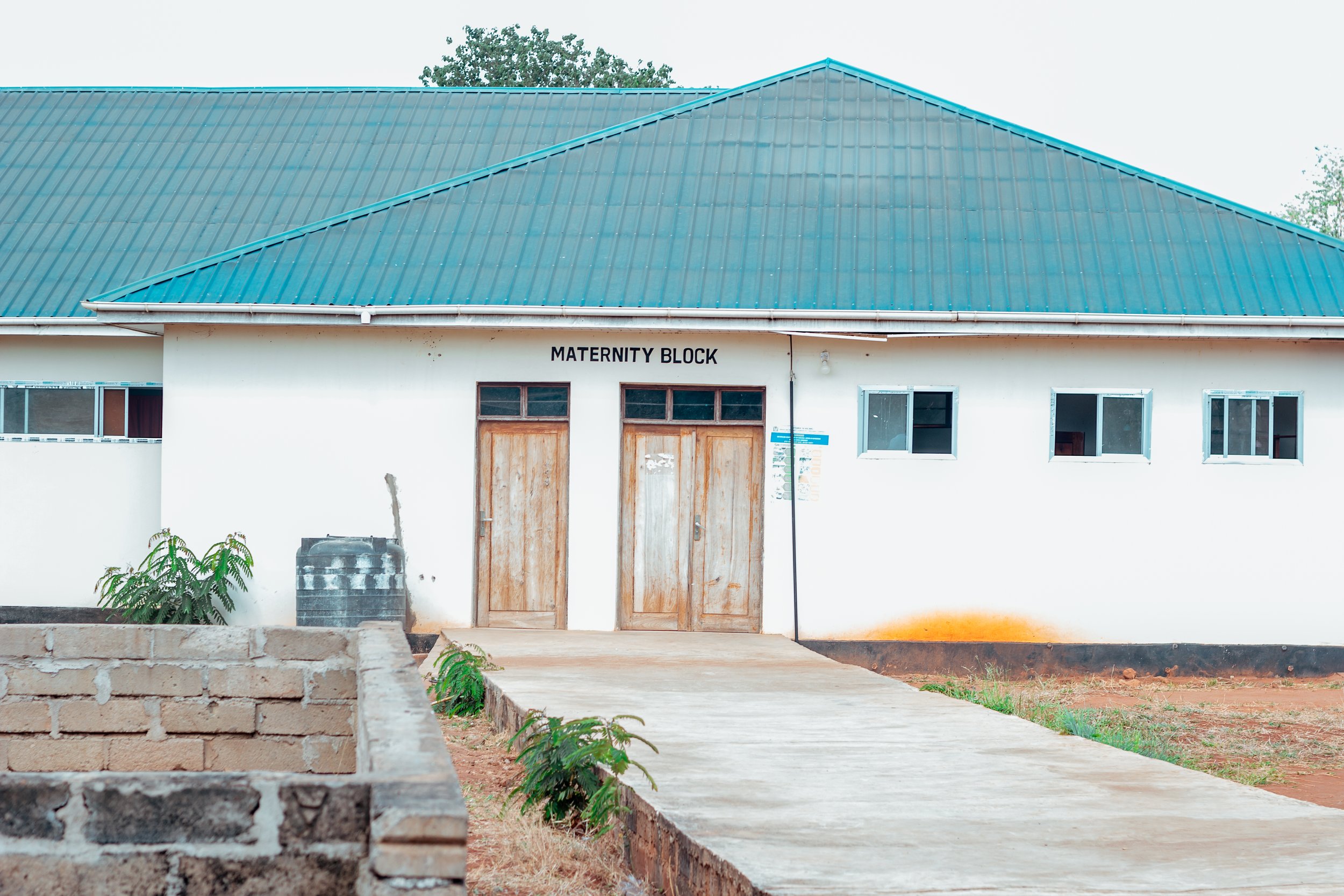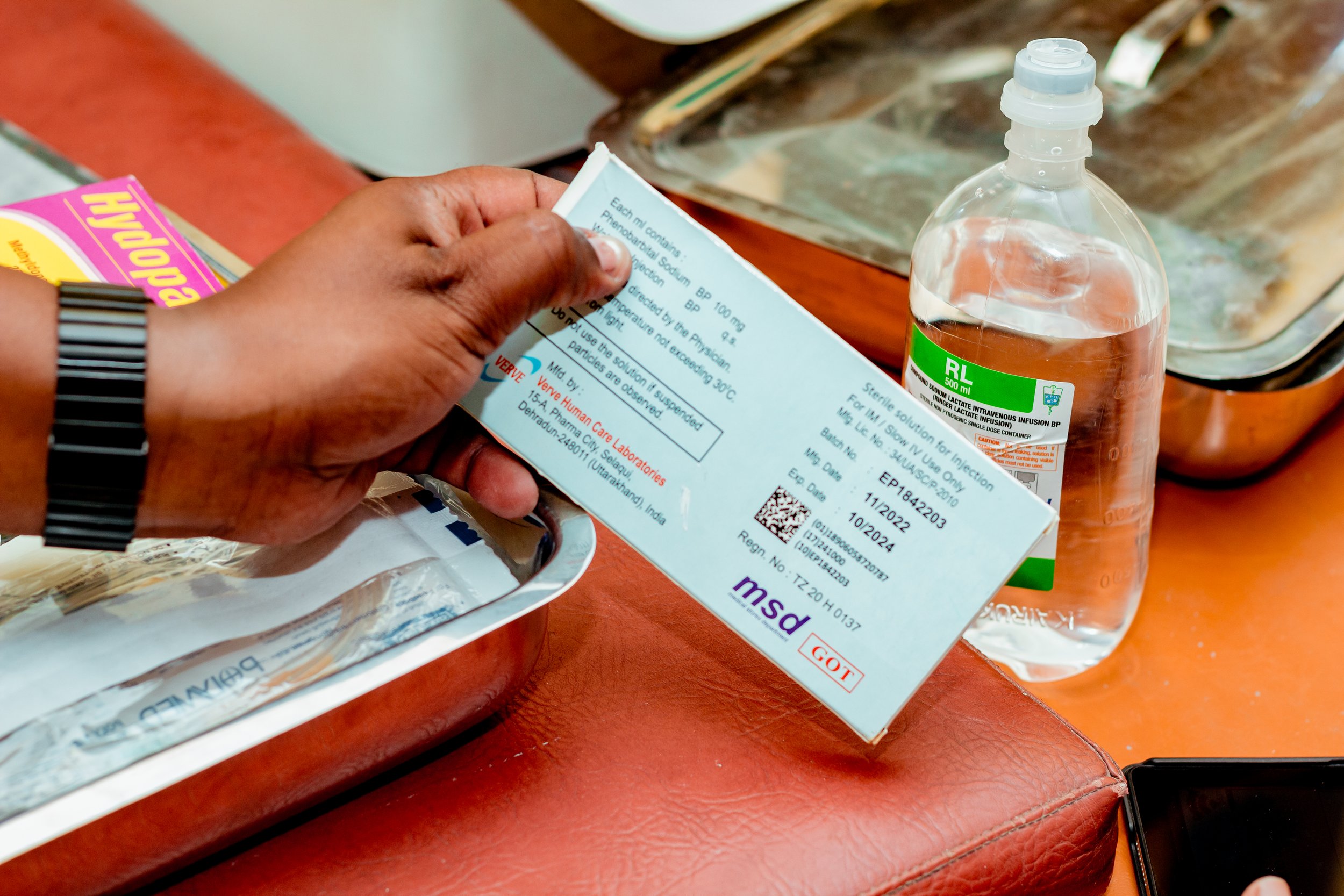
We are transforming the care of critically ill patients
Essential Emergency and Critical Care in Tanzania (EECCiT) is an 18-month collaboration between the governments of the United Republic of Tanzania, UNICEF and Muhimbili University of Health and Allied Sciences.
The work is taking place in primary health care facilities in Dar es Salaam, Kigoma, Katavi, Songwe, Mtwara and Zanzibar.
The work includes implementing EECC throughout health facilities, implementation research and health economics analyses leading to a 5-year nationwide scale-up.
EECC in Tanzania
National Hubs & Groups
EECC National Hubs and Groups are local teams working to improve care for critically ill patients by applying the vision and values of EECC in their own countries. Each Hub is led by a trained EECC Champion and supported by a diverse team of healthcare professionals. When a country has no EECC Champion it is called a ‘group’.
Hubs and groups begin by assessing local needs and developing action plans to improve emergency and critical care. EECC Global provides training, tools, and support to help each Hub and Group grow.
See what our Hubs and Groups are working on.
Together, we are building a global network for safer, life-saving care.
Provision of Essential Treatment in Critical Illness
Provision of Essential Treatment in Critical Illness (POETICTz) are a team of multi-disciplinary researchers, a collaboration between institutions in Kenya, Tanzania, UK and Sweden to investigate EECC and critical care approaches.
This includes economic analysis, health facility assessments, surveys, in-depth interviews of front-line health-workers and training EECC ‘Champions’. The goal is to influence policy and improve the quality of critical care.
Other projects include
The African Critical Illness Outcomes Study is continent wide, and investigates the prevalence of critical illness, the provision of EECC to critically ill patients and their outcomes.
It’s a quantitative observational study of critical illness in 200 hospitals across Africa, starting with a rapid, efficient point-prevalence assessment of all adult patients admitted to the hospitals.
This study assessed whether the introduction of a vital signs directed therapy protocol improved acute care and reduced mortality in an Intensive Care Unit (ICU) in Tanzania.
Vital Signs Directed Therapy is a protocol for task-sharing the identification and essential treatment of critically ill patients among health workers in hospitals.
The study found that where VSDT was introduced, emergency actions for severely deranged vital signs increased from 23% to 73% and the mortality rate for patients with low blood pressure was reduced from 92% to 69%.
The Critical Illness and Sepsis Prevalence and Outcomes Study in Malawi, Sri Lanka and Sweden investigated the burden of critical illness in hospitals, and where those patients were being cared for.
The study found that 12% of patients were critically ill; with a mortality rate of 18.7%. Only 3.9% were being cared for in Intensive Care Units.
Ensuring that feasible critical care interventions are implemented throughout hospitals has potential to improve outcomes across all medical specialties.
As ‘critical illness’ and ‘critical care’ lack consensus definitions, this study aimed to explore how the concepts’ are used, describe their defining attributes, and propose potential definitions.
The study found that the concepts critical illness and critical care lack consensus definitions and have varied uses. Through concept analysis of uses and definitions in the literature and among experts, we identified the defining attributes of the concepts and proposed definitions that could aid clinical practice, research and policy-making.
Organisations we have worked with and are supporting:



















